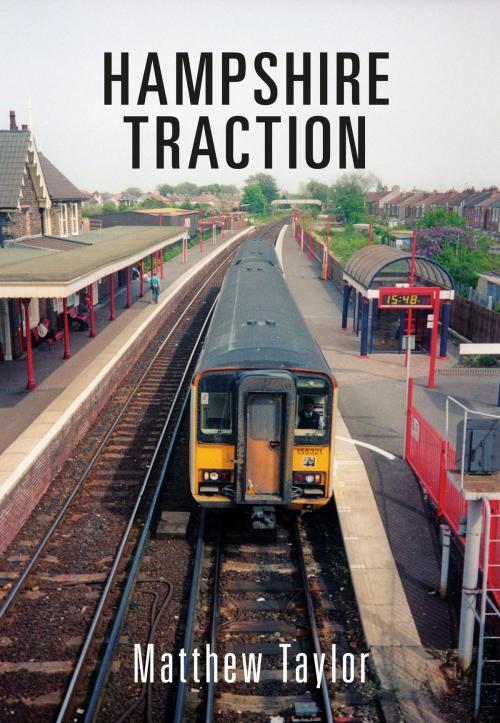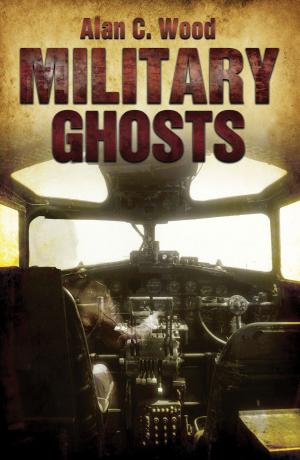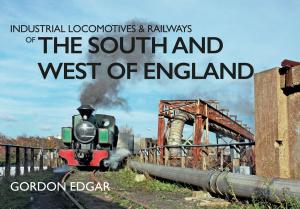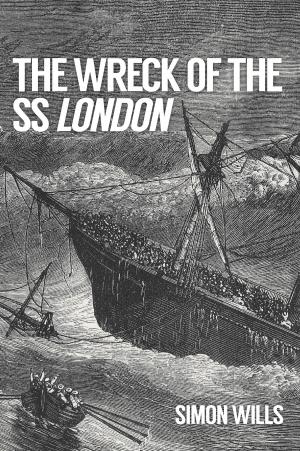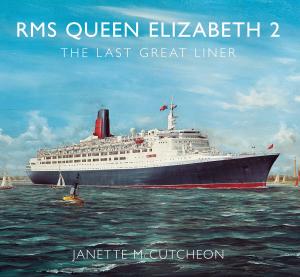| Author: | Matthew Taylor | ISBN: | 9781445661612 |
| Publisher: | Amberley Publishing | Publication: | October 15, 2016 |
| Imprint: | Amberley Publishing | Language: | English |
| Author: | Matthew Taylor |
| ISBN: | 9781445661612 |
| Publisher: | Amberley Publishing |
| Publication: | October 15, 2016 |
| Imprint: | Amberley Publishing |
| Language: | English |
This book illustrates the history of modern diesel and electric traction in Hampshire over recent decades. Over time the corporate designs of British Rail gave way to a kaleidoscope of colour with the creation of Network South East and then the sectorisation of British Rail, which eventually yielded to the emergence of the privatisation era with its multitude of colours. New classes of locomotives and multiple units appeared during this time as the ubiquitous slam doors gave way to safer and more comfortable designs. While the slam doors and traditional locomotive-hauled formations may have passed into history, the county still has a wealth of interest for anyone with an interest in railways. Almost in the centre of Hampshire geographically is Eastleigh, which has been the beating heart of railways in the county since 1891 – while no longer in its heyday, the works still has a vital role to play. To the south is the port of Southampton, which provides the railway with plenty of freight traffic. Meanwhile to the east is Portsmouth, providing the fastest route to the Isle of Wight from London; it is the second of the two main rail arteries in Hampshire providing London with thousands of daily commuters.
This book illustrates the history of modern diesel and electric traction in Hampshire over recent decades. Over time the corporate designs of British Rail gave way to a kaleidoscope of colour with the creation of Network South East and then the sectorisation of British Rail, which eventually yielded to the emergence of the privatisation era with its multitude of colours. New classes of locomotives and multiple units appeared during this time as the ubiquitous slam doors gave way to safer and more comfortable designs. While the slam doors and traditional locomotive-hauled formations may have passed into history, the county still has a wealth of interest for anyone with an interest in railways. Almost in the centre of Hampshire geographically is Eastleigh, which has been the beating heart of railways in the county since 1891 – while no longer in its heyday, the works still has a vital role to play. To the south is the port of Southampton, which provides the railway with plenty of freight traffic. Meanwhile to the east is Portsmouth, providing the fastest route to the Isle of Wight from London; it is the second of the two main rail arteries in Hampshire providing London with thousands of daily commuters.
